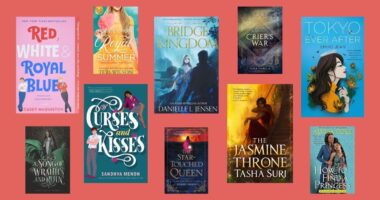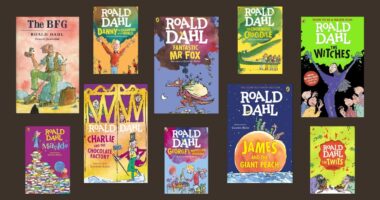Everyone knows the standard genres of literature – horror, romance, contemporary, YA, classic, thriller, adventure, cultural and fantasy. However, the world of fiction cannot have such simple and straightforward categories. It is unbelievably complex, and a lot more categorization is necessary to bring some semblance of order into the world of fiction. Here is a list of 10 not so popular genres of fiction or say lesser known fiction genres that you might not know about but should definitely try.
10 Not So Popular Genres of Fiction | Lesser Known Fiction Genres:
Magical Realism
This specific genre of books takes place in a world that is rooted in reality, but includes elements of fantasy as the norm. The Nobel laureate Gabriel Garcia Marquez propounded this genre through his pathbreaking “One Hundred Years of Solitude”. Several other Latin American writers such as Jorge Luis Borges also write in this genre. In the contemporary sense, Haruki Murakami from Japan and Salman Rushdie from India write magical realism.
Theatre of the Absurd
This genre is exactly what it sounds like – weird, whimsical and apparently meaningless. Playwrights who write absurd plays believe that there is no design to the world, and events are meaningless in the long run. Thus they imitate this in their plays, which are plotless and often futile, without any real message or takeaway. Samuel Beckett, who wrote “Waiting for Godot” and “Endgame” was a pioneer of the theatre of the absurd.

Cli-fi
Imagine science fiction, but with elements of climate change or environmental deterioration. This is cli-fi, or climate fiction. Such stories may unfold in a postapocalyptic world after climate change destroys humanity or a world where climate has changed irreversibly due to human actions. For instance, “Parable of the Sower” by Octavia Butler. Or clifi could just be fiction about climate change without fantasy, as in Ghosh’s “Gun Island”.
Nordic Noir
This is a subgenre of crime fiction, which usually considers the point of view of the police and takes place in the Scandinavian countries. What usually makes it so popular is that it is plain and direct, without the use of extravagant symbolism or too much graphicness. However, at the same time, all characters, including the protagonist detectives are psychologically complex. Jo Nesbo’s “The Snowman” is an excellent example.
Bildungsroman
The name of this genre comes from the German terms “Bildung” and “Roman” which mean “education” and “novel” respectively. As one may gather, the term signifies coming-of-age novels that deal with the spiritual, mental, and moral psychological awakening of the protagonist as he or she moves from childhood to adulthood. It thus deals with the formative years of the protagonist. Herman Hesse’s “Siddhartha” or Goethe’s “Sorrows of a Young Werther” are the best known instances of the German bildungsroman.

Dystopia
These books are fantasy books that unfold in a world where something is horribly amiss – there is great suffering or injustice. This typically takes place in postapocalyptic or totalitarian regimes. George Orwell’s “1984” is perhaps the most classic example of dystopian fiction. Similarly, Veronica Roth’s “Divergent” and Suzanne Collins’s “Hunger Games” trilogies are all dystopian fictions where there are great wrongs in the fictional worlds.
Dalit
Many readers outside of India will not know who Dalits are or what Dalit literature is. Dalits are essentially the most downtrodden castes, which the caste system has oppressed for ages. However, in recent decades, there has been a marked emergence of Dalit writing, which is characterized by social, personal and casteist dimensions. “The Poisoned Bread” by Arjun Dangle is an anthology representative of this genre Dalits have carved for themselves.
Bangsian
This is a genre of fantasy in which the characters are historical figures and portrayed in their afterlife. These are not biographical stories nor are they historical fiction because the character has a story that he or she speaks for. However, they are not fantasy because there is no real worldbuilding. The pioneer of this genre was John Kendrick Bangs, who gave the genre its name, and wrote the classic Bangsian book, “A Houseboat on the Styx”.

Hard-boiled Crime
This is a subgenre of crime fiction which strips the book from sentimentality and subjectivity which might detract from the gruesome experience. Thus, hard-boiled crime fiction includes crimes that are ghastly, without any embellishment or smoothening over. It is graphic and unadulterated. Dashiell Hammett’s “The Maltese Falcon” is one of the earliest examples of this type of fiction and a classic exemplar of its type.
Epistolary Fiction
To define it in a single sentence, epistolary fiction refers to books written in the form of letters. Thus, a part of a book or its entirety may be a single letter or several consecutive letters. In “Frankenstein”, Mary Shelley employs this method. To give a more contemporary example, Ava Delleiria’s “Letters to the Dead” is entirely an epistolary novel. Also, Amitav Ghosh’s “The Flood of Fire” includes Neel’s perspective in the form of just letters.
Also Read: 10 Morning Mantras to Start Your Day on a Positive Note



